
Seeing these youthful self-portraits is reminiscent of art monographs on painters from the early 20th century, and its refreshing the way that Soukup, though he worked in video and performance art as well, was a committed figurative painter in a scene that often values a conceptual, overly-intellectualized approach. Soukup worked in series, the early paintings from the 90s reflected on life in exotic locales (Life in the South) or adventures in the forests of Canada (Adventure Holidays). The novels of Jack London, for example, are still popular for young Czech readers, and this fantasy of a free natural world peopled by independent rugged characters holds a strong sway over the imagination here, as a symbol of living free beyond the bounds of the state, or to escape this small country and roam the world.
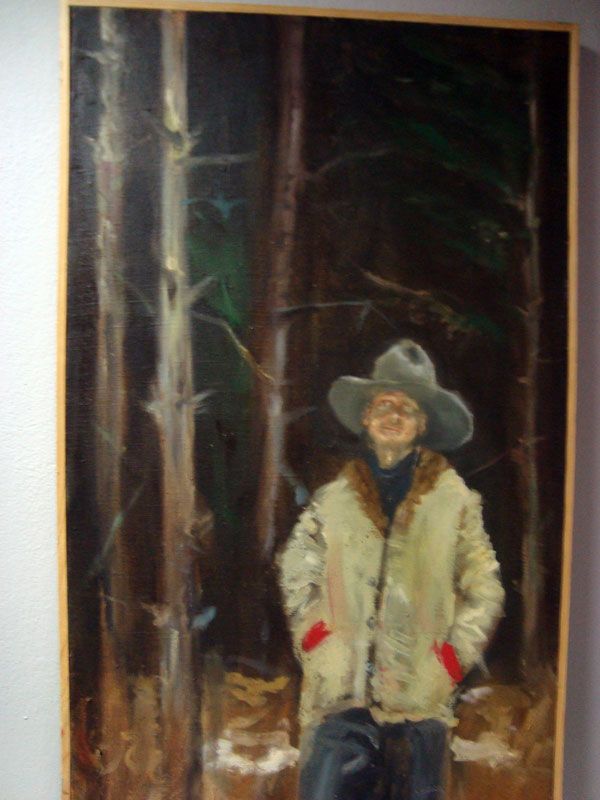
And yet for all their yearning to be free, Soukup's figures are conflicted and trapped by power struggles or existential dread, yet presented knowingly, in a tongue-in-cheek way, as we laugh together wuth the artist through the tears. The figures are distorted as in El Greco in a kind of Mannerist/Expressionist shorthand, but there remains something tactile about the material of the flesh and objects, a nod to the old Dutch masters, which gives the work the feeling of a feverish dream. The flesh is like modelling clay, or the figures seem carved from wood; poor humans with their fragile concerns lost in the world.
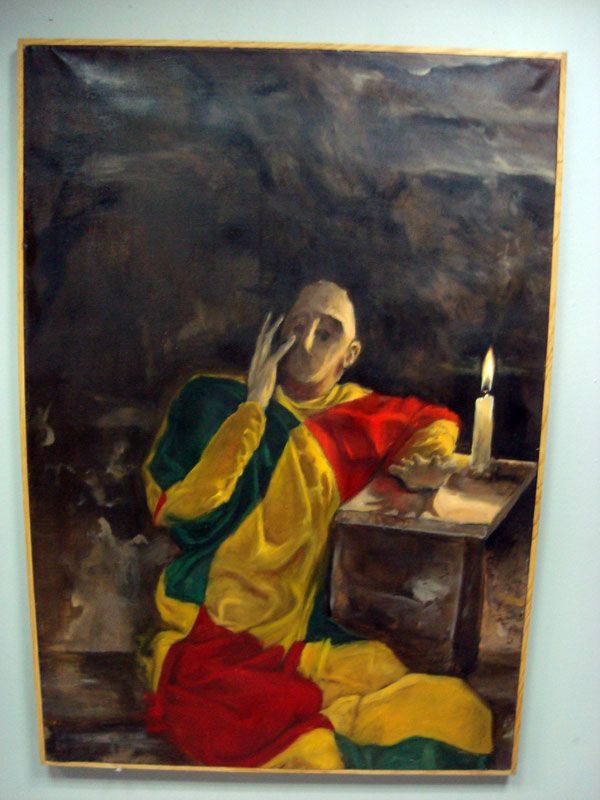
Soukup moved on from these works to examine the kitschy everyday objects that surround us and come to define us. Our material possessions presented as still-lifes: extension cords, lace pillow, candles, sweaters .. all this detritus from the interiors of Czech panelak apartments and country weekend homes. The sense of ironic distance remains, and yet the love for these simple things can be felt as well. There is a beautiful humility in Soukup's work which elevates the crap one can find abandoned in a cheap bazaar to the level of the ideal, as if to say that even the lowest cast-off is valuable, that it deserves our respect. Another series, UFOs, took this logic to an extreme and presented small paintings of minor fragments of old plastic toys, door knobs, broken buttons or other "garbage", yet mysteriously transformed into something alien, something compelling. Soukup's power in these works stems from the way he invests the physical world with a spiritual presence, the way he invests the world with meaning.
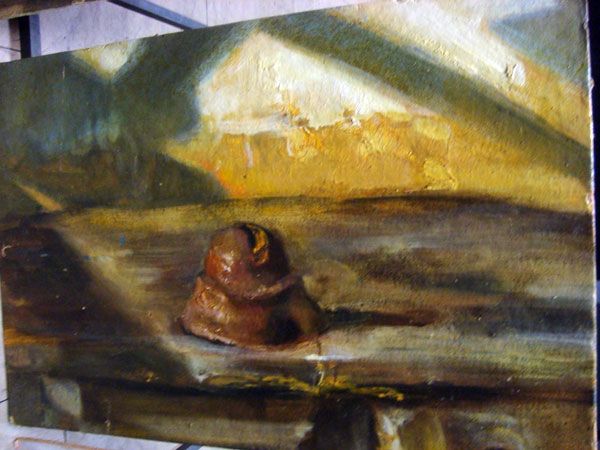
Working with old photographs from cheap magazines from the 1970s, Soukup focused on the common-place but absurd shots in fashion magazines of models modelling sweaters. In his series Dorks, he instills the same sense found in the UFOs series, that the value of each lowly man shpuld be considered, should be elevated. The works stem from an equating, sympathetic gaze which compells the viewer to understand that we are all dorks, we are all in this (shit) together. We laugh at these goofy fools, and we see ourselves in them too. As paintings of photographs, the works also operate within the realm of nostalgia, but rather than longing for a forever-lost childhood, I feel Soukup was using the reference to photographry to heighten the sense of the passing of time. This gulf of a different age is more prescient in the former Eastern Block, where the dividing line of 1989 marked Soukup's generation just as they came of age. In this way their childhoods are held forever in a kind of dirty amber, what some people refer to as "minuly život", the past life.
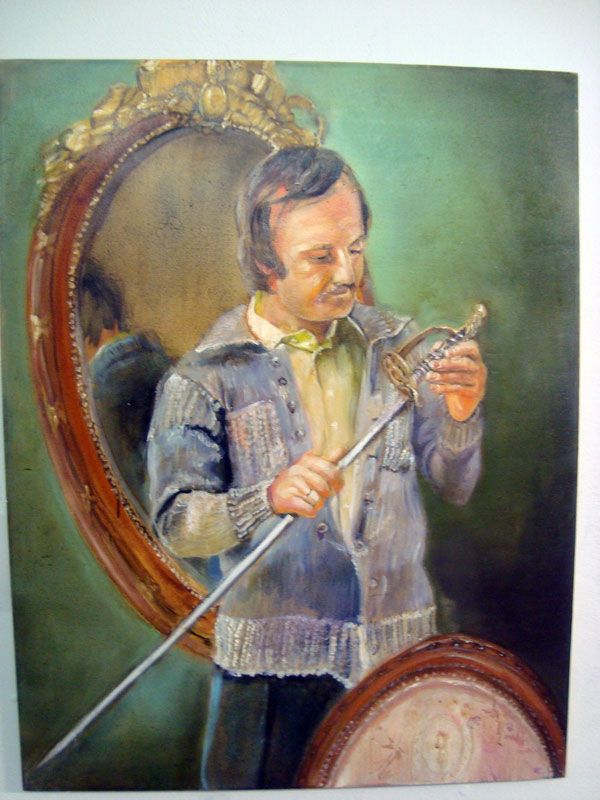
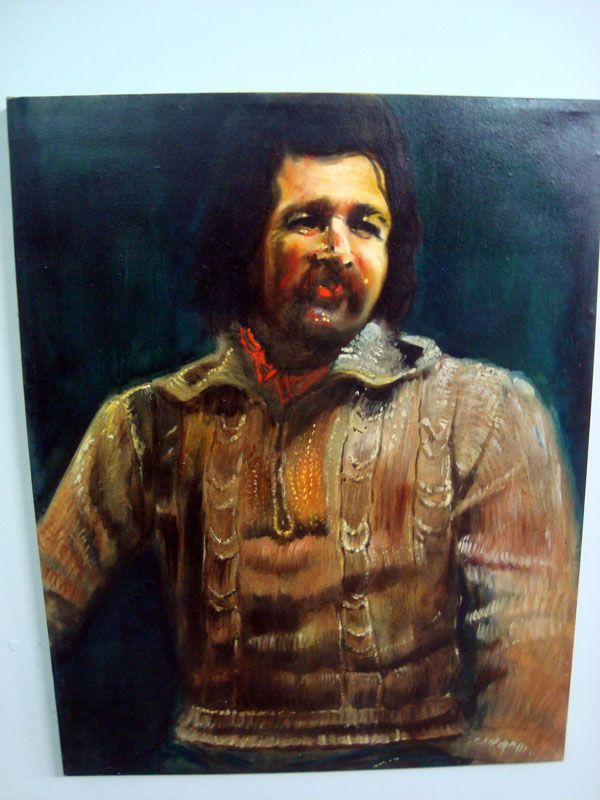
The works also represent a tragic masculinity, but one that deflates its own sense of self-worth. A masculinity that laughs at itself, overcoming tragedy through the comic, which is typically Czech. The power in Soukup's work stems from the way he channeled these specific cultural themes into something more universal. The tragedy surrounding his death is that of any suicide, and yet in this case one feels the loss of a great artist, the loss of the unmade, the cutting off of the flow of his work. Another tragedy surrounding the work is that it remains little known outside the circle of the Czech art scene. Lets hope that will begin to change.
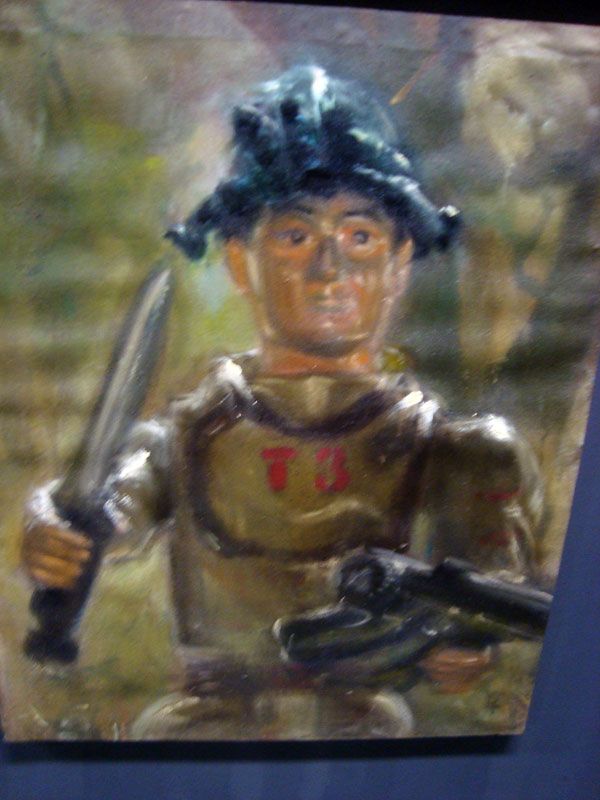
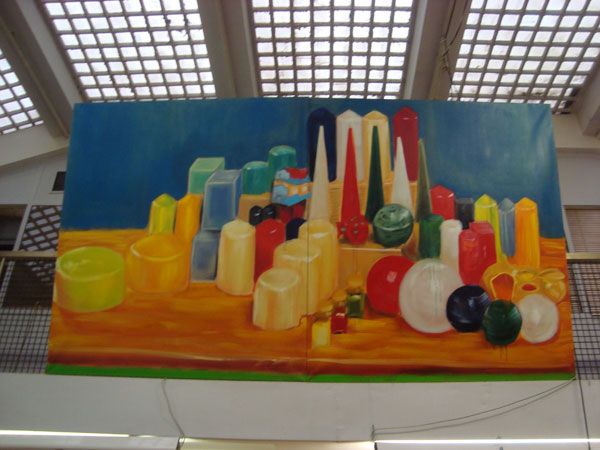
No comments:
Post a Comment